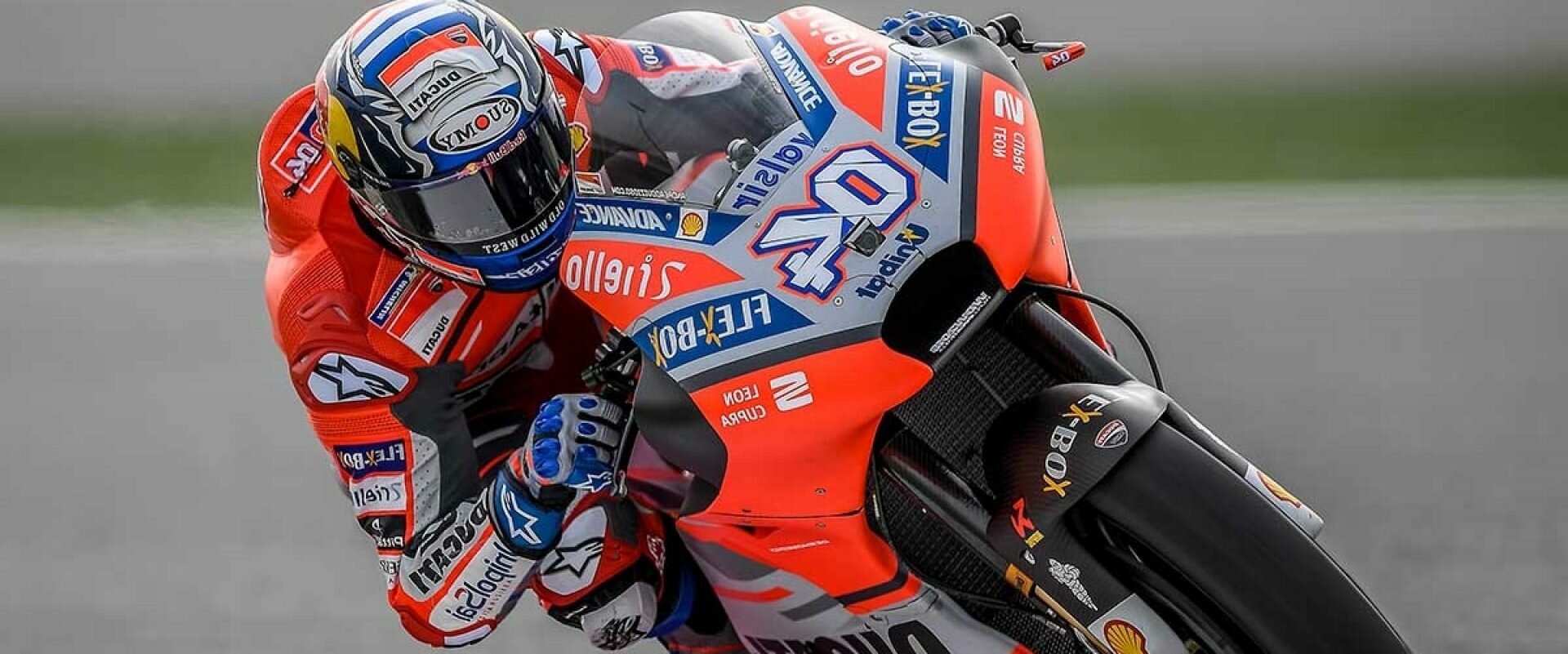American chances are expressed as whole numbers with a minus (-) or plus (+) amount in front of them. In case the figure quoted is positive, the chances are quoting how much money will be won on a $100 wager. In case the amount quoted is adverse, then the moneyline chances are estimating how much money must be wagered to win $100. By way of instance, if you place a bet at -180, it usually means that you need to wager $180 to win $100. A wager at +300 implies you win $300 for every $100 you wager. However, this is only a way of expressing the chances and it does not mean you have to wager that much. In fact, our minimal straight bet is just $5.
Decimal odds are generally used in Europe. The decimal figure given is used to calculate your complete return, inclusive of your bet. For example, once the decimal cost is 3.75 then your total return will be $37.5 to get a bet of $10. To find the precise payout for your bet, whatever that amount is, you simply need to multiply your bet by the decimal odds.
Fractional odds estimate the net total which will be paid out, even in the event you win, comparative to your stake. Odds of 4/1 (“four-to-one”) mean that you stand to create, by way of example, a $40 profit on a $10 stake. If the chances are 1/4 (read”one-to-four” or”four-to-one on”), you will make $2.50 on a $10 stake. Should you win, you will always get your initial bet back, so in case the odds are 4/1 you’d actually receive a total of $50 in return ($40 plus the initial $10). Odds of 1/1 are known as evens or even money. Fractional odds are preferred by bookmakers at the United Kingdom and Ireland, although there is currently a movement towards decimal odds. They are also frequent in horse racing.
We cater for you whichever way you prefer to view your odds. Simply use the drop-down menu in the upper right-hand corner of the gambling card to select between American, Decimal or Fractional odds.
